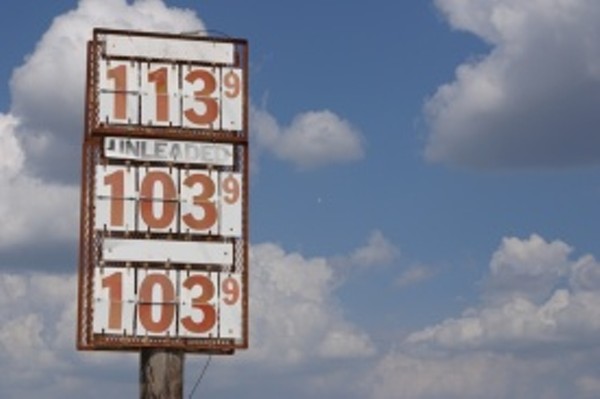 Earlier this year, the Energy Information Administration announced that the U.S. now pollutes more from transportation than the electricity sector. Embedded in this dry government statistic is a host of complex questions, not least of which is how the U.S. is ever going to make serious progress on climate change while we remain in love with giant vehicles.
Earlier this year, the Energy Information Administration announced that the U.S. now pollutes more from transportation than the electricity sector. Embedded in this dry government statistic is a host of complex questions, not least of which is how the U.S. is ever going to make serious progress on climate change while we remain in love with giant vehicles.
To some degree, the news revealed some good news: greenhouse gas emissions from electricity is going down because a shift to natural gas from coal for power generation and the rise of solar and wind.
But take a look at the transportation sector and it’s hard to see how the U.S. – or any country – will ratchet down emissions during times of cheap oil prices. As an editor at The Conversation, I’ve tackled this question – how to reduce emissions from transportation – from a few different angles.
Perhaps most surprising is how fickle consumers are and how incredibly important our daily choices are to this global problem.
As gasoline prices peaked and started to slip downward in mid-2014, there was a clear shift in what cars and trucks consumers were buying. The University of Michigan found that the average fuel economy of new vehicles peaked at 25.8 miles per gallon and started to drift down. It’s pretty simple: cheaper gas leads to sales of more gas guzzlers.
That’s not good for the environment but it has a number of policy implications as well. We pay for the upkeep of our highways and bridges through a gas tax, so cheaper gas means less funding for our infrastructure.
Cheap gas and lower fuel economy also threatens one of President Obama’s signature climate initiatives. In 2009 as prices were climbing towards $3 per gallon for gas, Obama announced much more stringent fuel economy rules, known as CAFE standards, that would culminate in cars and light-duty trucks having an average of 54 miles per gallon by 2025.
Now, though, those are in serious doubt. Car manufacturers, which grudgingly accepted the rules, are already saying that consumers are not willing to pay a premium for fuel efficiency in a time of low gas prices. They’re already pushing to reevaluate and push the timeline out for adhering to them.
Will technology come to the rescue? Not really. Sales of electric vehicles went down in 2015 compared to 2014 even as auto sales overall roared to a new high. Certainly, there are consumers who buy electrics and prioritize fuel efficiency because they want to reduce their personal environmental footprint or use less oil. But that still appears to be a small group in the grand scheme of things and electric vehicles still have a few cost and infrastructure hurdles before they go mainstream.
It’s also worth noting that researchers have found the most cost-effective way to reduce emissions is through fuel efficiency of conventional gasoline-powered cars and trucks. That means that a number of readily available techniques, such as more efficient gasoline engines, lighter materials, and more aerodynamic designs, are the best bet for reducing emissions – and meeting the more stringent CAFE standards. If only consumers would care.